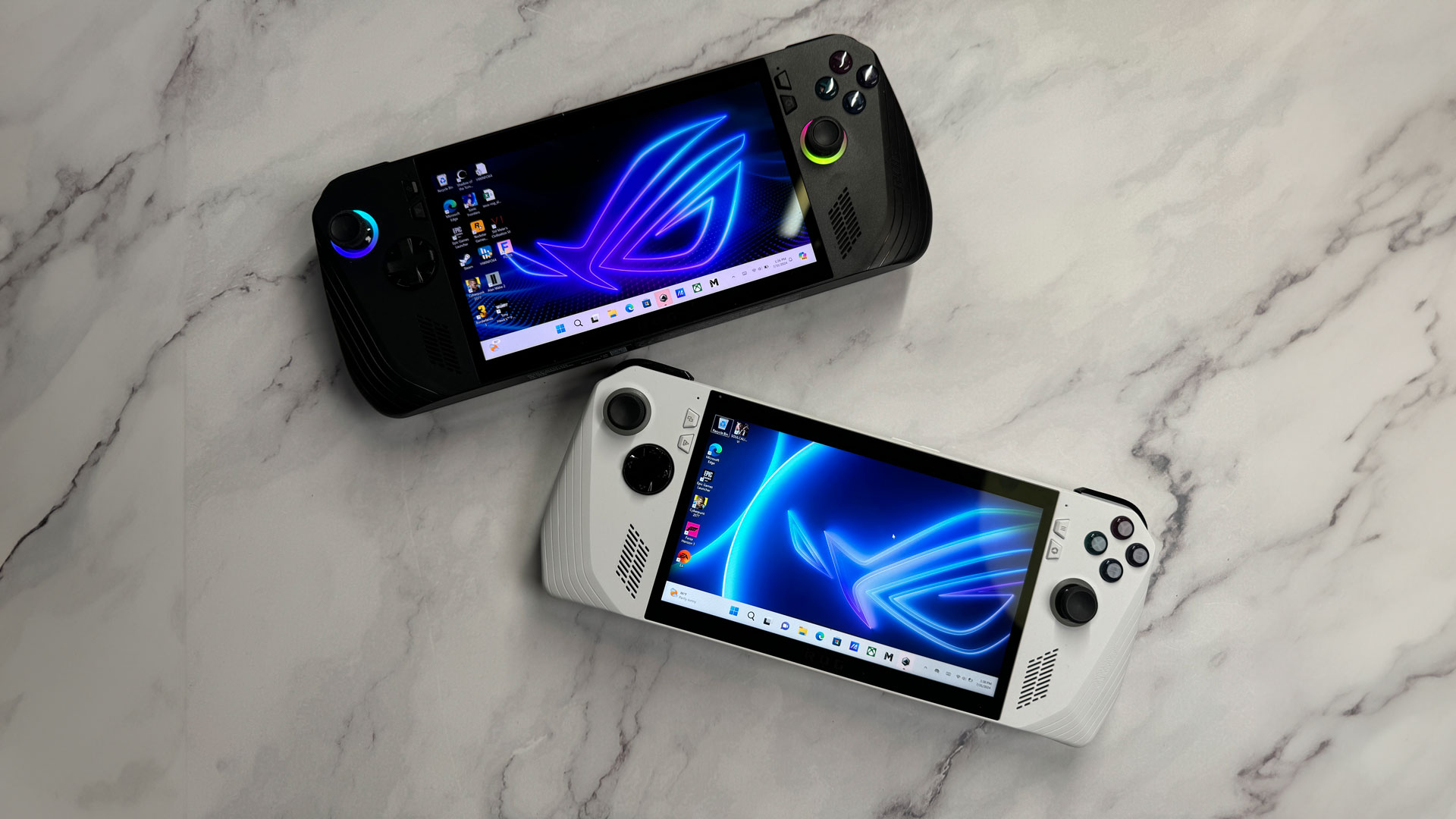
We spoke at length with AMD's Jack Huynh, senior vice president and general manager of the Computing and Graphics Business Group, at IFA 2024. Along with deprioritizing flagship gaming GPUs and announcing the intent to create a unified UDNA GPU architecture to take on Nvidia's CUDA, the final major topic that he talked about is FSR4, FidelityFX Super Resolution 4.0. What's particularly interesting is that FSR4 will move to being fully AI-based, and it has already been in development for nearly a year.
The comments came as Huynh was talking about handheld gaming and battery life, but based on AMD's history of open-source, architecture-agnostic algorithms, FSR4 should be for more than just handhelds. We've edited and cleaned up the text from our recording, and here's what was said.
Jack Huynh: On the handheld side, my number one priority is battery life. If you look at the ASUS ROG Ally or the Lenovo Legion Go, it’s just that the battery life is not there. I need multiple hours. I need to play a Wukong for three hours, not 60 minutes. This is where frame generation and interpolation [come in], so this is the FSR4 that we're adding.
Because FSR2 and FSR3 were analytical based generation. It was filter based. Now, we did that because we wanted something with a very fast time to market. What I told the team was, "Guys, that's not where the future is going." So we completely pivoted the team about 9-12 months ago to go AI based.
So now we're going AI-based frame generation, frame interpolation, and the idea is increased efficiency to maximize battery life. And then we could lock the frames per second, maybe it's 30 frames per second, or 35. My number one goal right now is to maximize battery life. I think that's the biggest complaint. I read the returns too from the retailer, where people want to be able to play these games. [End quote]
It's interesting that the initial context for FSR4 seems to completely ignore how it might be used on non-handheld devices. And even then, it's about battery life rather than performance. Does that mean FSR4 will specifically need some of the features like the NPU on the latest Strix Point processors? We don't know, and we've reached out to AMD for clarification. But we suspect that's not the case.
As noted above, AMD's history with FSR is to support a wide range of GPU solutions. Going AI-based doesn't inherently preclude the use of GPUs either, as any recent GPU from the past six years at least can run both FP16 and DP4a (INT8) instructions that overlap with things like tensor cores and NPU instructions.
Intel has already taken a similar approach with XeSS, where it can run in XMX mode on Arc GPUs that have the Xe Matrix eXtensions. And for GPUs that don't have XMX support — like everything from AMD and Nvidia, as well as older Intel graphics solutions plus the integrated Arc Graphics in Meteor Lake processors — XeSS can use DP4a instructions to do similar work. The total compute available tends to be lower with DP4a, so it's not the exact same model being used, but more recent versions like XeSS 1.3 have focused on improving the quality and performance of the DP4a code path.
Plenty of questions remain with FSR4, like when it will even become available. If it's already been in development for 9–12 months, it could be very nearly ready for release. But as we've seen with past upscaling solutions, including DLSS and XeSs alongside FSR 1/2/3, releasing the API merely represents the first step. Getting games to support the new API takes longer.
AMD also just updated its Fluid Motion Frames 2 (AFMF 2) technology, which provides a driver-level solution for frame generation. That's probably the near-term solution for handheld gaming devices looking to boost performance, though as with all framegen solutions that rely on interpolation, we note that it's more frame smoothing than a true performance boosting feature.
Will that be enough, and will FSR4 usher in a truly competitive alternative to DLSS and XeSS that finally leverages AI? We'll find out when AMD releases it to the public.







